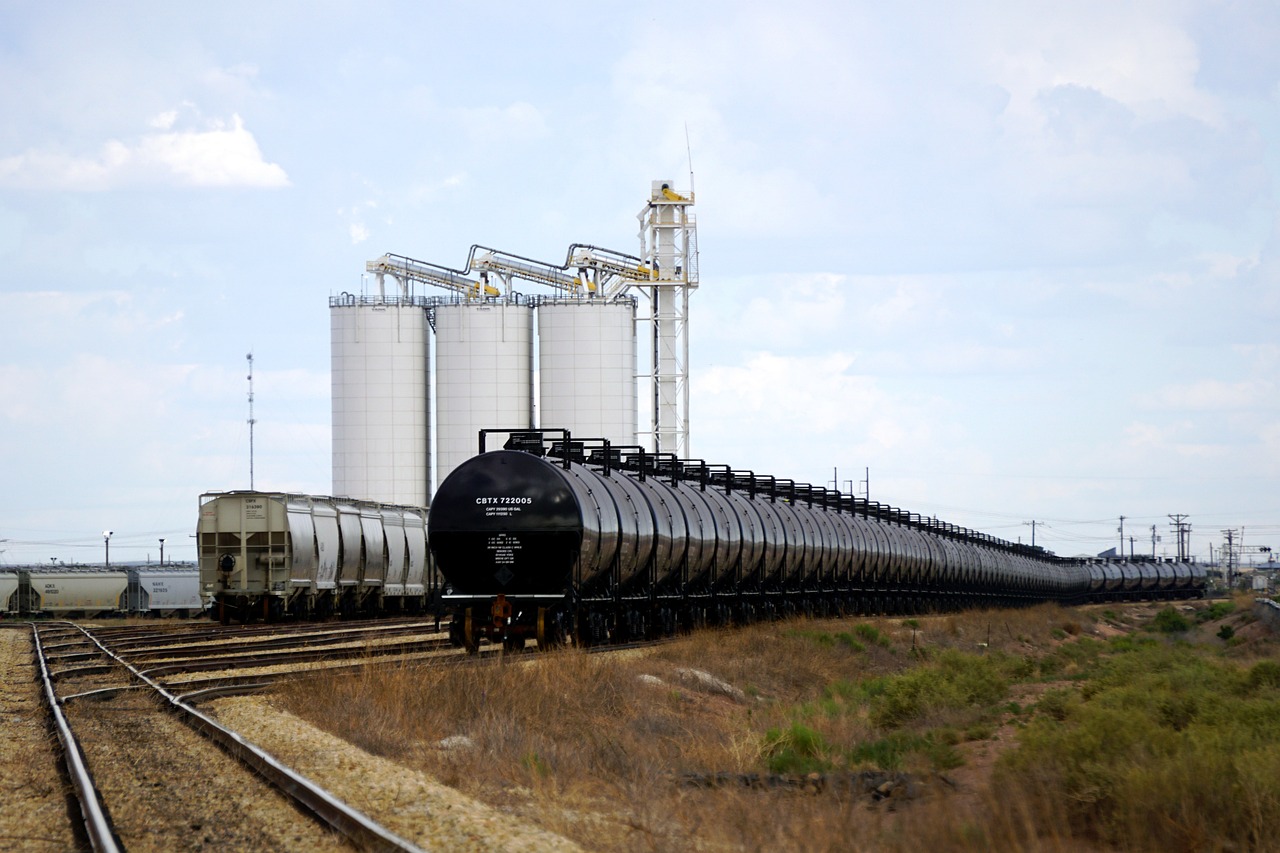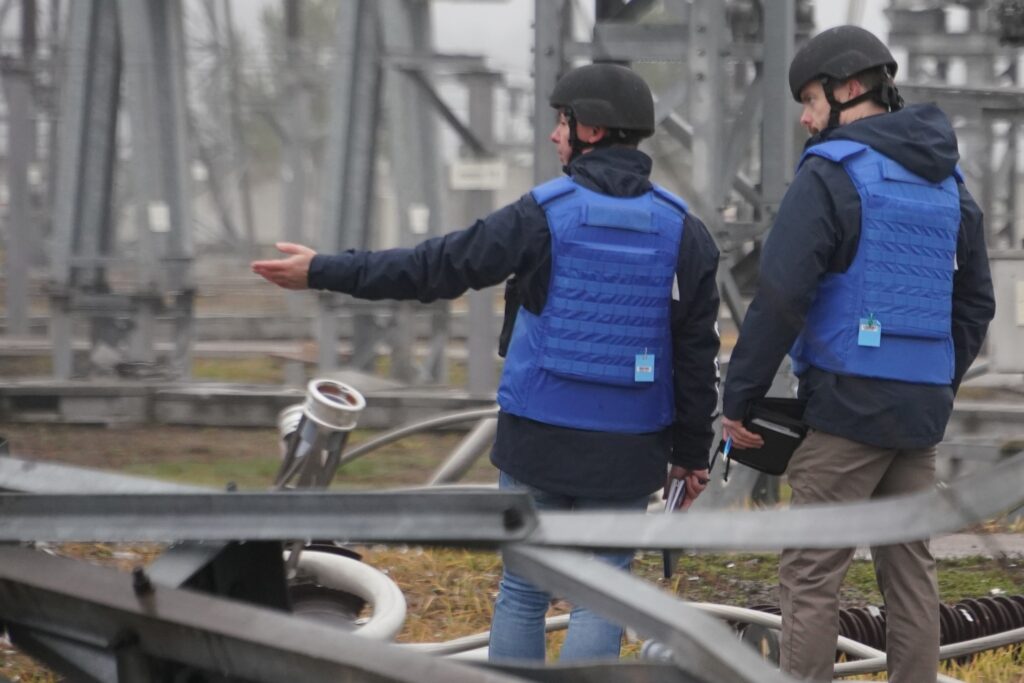Drones strike at Russian refineries – oil rises in price
16 September 08:14
World oil prices continue to rise moderately on Tuesday morning. This is how market participants react to Ukrainian drone attacks on Russian refineries, which could lead to disruptions in the supply of raw materials from Russia. This was reported by "Komersant Ukrainian" with reference to Reuters.
According to OilPrice.com, Brent futures rose by 17 cents to $67.61 per barrel as of 05:18 Kyiv time. US WTI rose by 15 cents to $63.45. The day before, Brent added 45 cents to close at $67.44, while WTI rose 61 cents to $63.30.
Ukraine shapes oil prices
Ukraine has recently stepped up its attacks on Russian energy infrastructure in an effort to weaken Moscow’s military capabilities amid stalled peace talks.
“Increased fears of supply disruptions from Russia, which accounts for more than 10% of global oil production, are supporting prices,”
– said IG market analyst Tony Sycamore in a commentary for clients.
At the same time, U.S. Treasury Secretary Scott Bessent said that Washington does not plan to impose additional duties on Chinese goods to force Beijing to reduce purchases of Russian oil. This is only possible if Europe simultaneously imposes tough restrictions on China and India.
Meanwhile, Washington and Beijing announced that they had reached a framework agreement to transfer a controlling stake in TikTok to American investors. This was the first breakthrough in the long-running negotiations. Earlier, the easing of trade tensions between the US and China had already boosted investor optimism and supported expectations of rising oil demand.
Дивіться нас у YouTube: важливі теми – без цензури
The dollar is weakening
Investors are also looking forward to a meeting of the US Federal Reserve on September 16-17. The central bank is expected to cut its discount rate, which could stimulate demand for fuel.
“The weakening of the US dollar, caused by expectations of a Fed rate cut this week, further supported oil prices,”
– Sycamore added.
The US dollar index (DXY), which tracks its dynamics against a basket of six major currencies, fell to almost a weekly low. A weaker dollar makes oil more affordable for holders of other currencies.
The Middle East is on fire
The situation in the Middle East poses additional risks to the market: according to Axios, the Israeli army launched a ground operation to capture Gaza on Monday.
Читайте нас у Telegram: головні новини коротко
How to hurt Russia over oil
Ukrainian drone strikes on Russian refineries certainly have a negative impact on Russian military logistics and the fuel situation in general. But at the same time, they only make oil more expensive, which means that Russia will get more money for it.
It is well known that Russia is critically dependent on its energy exports. First of all, on oil exports. In 2024, the federal budget revenues from oil sales amounted to 9.19 trillion rubles (approximately $89.4 billion). Total budget revenues for this period amounted to 36.71 trillion rubles. Thus, the share of oil revenues in the total structure of Russian budget revenues in 2024 was approximately 25%
This indicates that, despite international sanctions and attempts to diversify revenue sources, oil remains a key source of financing for the Russian budget.
Russian Urals oil is traditionally sold at a lower price than Brent and WTI, and it is also subject to additional factors that raw materials from other countries do not experience, namely Western sanctions. However, during all three years of the full-scale war with Ukraine, Russia has been successfully selling its oil – its main buyers today are China and India.
The federal budget of the Russian Federation for 2025 included an oil price of $70. However, according to the Ministry of Finance, on September 12, the price of Russian Urals was $62.90 per barrel. Against this backdrop, the Russian state budget deficit has already amounted to 4.88 trillion rubles, or 2.2% of GDP, of which more than a trillion was incurred in July. This hole in the treasury is almost 4.5 times higher than in the same period in 2024, when the deficit was 1.1 trillion rubles, or 0.5% of GDP.
So far, market analysts’ forecasts do not promise Russia any serious problems related to the oil price, as it still has a very large backlash for sales. According to economic expert Oleg Pendzin, even a price of $50 per barrel is still acceptable for Russia.
“Currently, the direct cost of Russian oil production is about $37-38 per barrel. This is the direct cost. The critical figure for Russia is the sales price of $45,”
– the economist explained exclusively for .
So the more likely way to hurt Russia over oil is still to increase sanctions, including secondary sanctions against its buyers. The point of this step is to make it physically impossible for Russia to sell large volumes of oil and thus receive funds to continue its aggressive war of aggression. Trump’s tariffs against India are aimed at exactly that.
However, the latest news on this front is not very encouraging: US President Donald Trump is demanding that Europe impose tariffs on goods from India and China for buying Russian oil, but the EU is in no hurry to do so. Trump is also demanding that Europe itself refuse Russian oil immediately, not in 2028, but the EU seems to be watering down its response.









